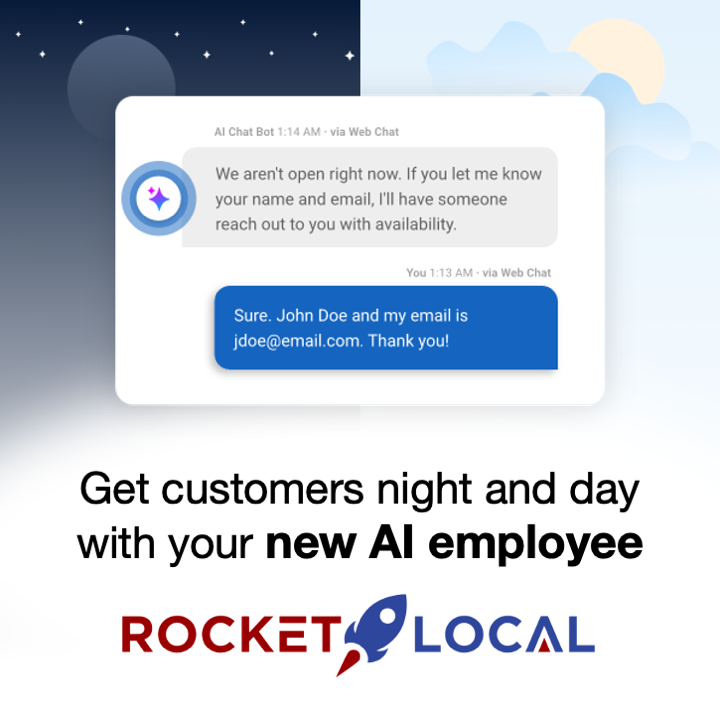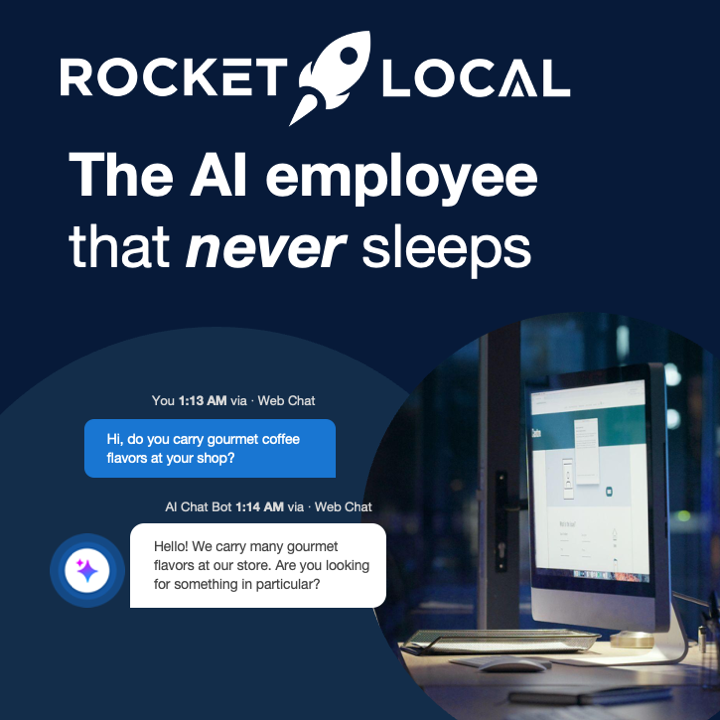As we step into 2025, the landscape of B2B marketing continues to evolve, and inbound strategies are at the forefront. In a world where buyers are more discerning and resistant to traditional sales tactics, businesses must adapt. This article will explore innovative approaches to marketing inbound B2B, focusing on building trust, creating valuable content, and nurturing leads throughout their journey.
Key Takeaways
- Building trust is essential for attracting and retaining B2B clients.
- Creating engaging and informative content can significantly enhance your visibility and authority in the market.
- Nurturing leads through personalized communication helps in converting them into loyal customers.
Understanding B2B Inbound Marketing
Okay, so let’s talk about B2B inbound marketing. It’s not about shouting at people with ads they don’t want. It’s about being helpful and drawing them in. Think of it as being the friendly expert that people actually want to talk to. It’s a big shift from old-school tactics, and honestly, it’s way more effective these days.
The Importance of Building Trust
Trust is everything in B2B. You’re not selling a one-time gadget; you’re often selling complex solutions that require a real partnership. If they don’t trust you, they won’t buy from you, plain and simple. Building trust takes time and consistent effort. It’s about showing, not just telling.
Here’s a few ways to build trust:
- Be transparent about your processes.
- Share customer success stories.
- Offer real, tangible value upfront.
Inbound marketing is about building relationships. It’s about showing potential clients that you understand their challenges and have the solutions they need. It’s a long-term game, but the payoff is huge.
Creating Valuable Content
Content is the fuel that drives inbound marketing. But not just any content. It needs to be genuinely helpful, informative, and tailored to your audience’s needs. Think blog posts, ebooks, webinars, case studies – anything that provides valuable content and answers their questions. If you’re creating content that nobody wants to read, you’re wasting your time.
| Content Type | Purpose | Example |
|---|---|---|
| Blog Posts | Attract new visitors, answer common questions | "5 Ways to Improve Your Marketing ROI" |
| Case Studies | Showcase success, build credibility | "How Company X Increased Sales by 30% with Our Solution" |
| Webinars | Educate leads, demonstrate expertise | "The Future of AI in Manufacturing" |
It’s also important to think about where your audience spends their time. Are they on LinkedIn? Instagram Instagram is essential? Industry forums? Tailor your content and distribution strategy accordingly.
Effective Tactics for Marketing Inbound B2B
Okay, so you’re on board with inbound marketing for your B2B biz. Great! But how do you actually do it? Let’s break down some effective tactics that can really move the needle.
Leveraging SEO for Visibility
SEO isn’t just a buzzword; it’s the backbone of being found online. Think of it as making sure your ideal customers can actually see you in the vast digital landscape. It’s not enough to just have a website; you need to make sure it’s optimized so that when someone searches for what you offer, you’re right there at the top of the results. Here’s a few things to keep in mind:
- Keyword research is your friend. Find out what terms your target audience is actually using.
- Content is king, but optimized content is emperor. Make sure your content is not only informative but also uses those keywords naturally.
- Don’t forget about the technical stuff. Site speed, mobile-friendliness, and proper site architecture all play a role.
SEO is a long-term game. Don’t expect overnight results. It takes time and consistent effort to build authority and climb the rankings. But trust me, the payoff is worth it.
Utilizing Social Media Engagement
Social media for B2B? Absolutely! It’s not just for cat videos and vacation pics. It’s a powerful tool for building relationships, sharing insights, and driving traffic. Think of it as your digital networking event. You can use online marketing strategies to improve your social media presence.
- Choose your platforms wisely. Where does your target audience hang out? LinkedIn? Twitter? Maybe even Facebook?
- Share valuable content. Don’t just promote your products or services. Share industry news, insights, and tips.
- Engage, engage, engage! Respond to comments, answer questions, and participate in relevant conversations.
Personalized Email Campaigns
Email marketing is far from dead. In fact, it’s still one of the most effective ways to nurture leads and drive conversions. But the key is personalization. No one wants to receive generic, mass-produced emails. You need to make your subscribers feel like you’re talking directly to them. You can use digital advertising to promote your email campaigns.
- Segment your audience. Group your subscribers based on their interests, demographics, or behavior.
- Personalize your subject lines and email content. Use their name, reference their past interactions, and tailor your message to their specific needs.
- Automate your campaigns. Set up automated email sequences that trigger based on specific actions or events.
| Email Type | Purpose | Example |
|---|---|---|
| Welcome Email | Introduce your company and set expectations. | "Welcome to [Your Company]! Here’s what you can expect from us." |
| Lead Nurturing Email | Provide valuable content and guide leads through the sales funnel. | "Check out our latest blog post on [Relevant Topic]." |
| Promotional Email | Promote your products or services. | "Get 20% off your first order with code WELCOME20." |
| Re-engagement Email | Re-engage inactive subscribers. | "We miss you! Here’s what you’ve been missing." |
Nurturing Leads Through the Inbound Journey

Okay, so you’ve attracted visitors and engaged them with some cool content. Now what? It’s time to nurture those leads and guide them further down the sales funnel. Think of it as gently leading them by the hand, not pushing them off a cliff.
Personalized Email Campaigns
Email isn’t dead, folks! It’s just gotta be personalized. No one wants to feel like they’re getting a generic blast. Segment your audience based on their interests, behavior, and where they are in the buyer’s journey.
- Send emails that address their specific pain points.
- Share relevant case studies and success stories.
- Offer exclusive content or early access to new features.
Think about it: you’re building a relationship. You wouldn’t start a conversation with a stranger by immediately asking them to buy something, right? Same goes for email. Provide value first, and the sales will follow.
Delivering Exceptional Customer Experiences
This is where you really shine. It’s not just about closing the deal; it’s about making the entire experience awesome. Happy customers become your best advocates. Make sure your website is easy to navigate, your customer service is top-notch, and you’re always looking for ways to exceed expectations. Customer experience is the new marketing.
Here’s a simple breakdown of how to think about customer experience:
| Touchpoint | Action |
|---|---|
| Website | Easy navigation, clear information, helpful resources |
| Sales Interaction | Friendly, knowledgeable, solution-oriented |
| Onboarding | Smooth, efficient, personalized support |
| Ongoing Support | Responsive, helpful, proactive communication |
| Product/Service Use | Reliable, effective, delivers promised value |
By focusing on these areas, you can create a customer experience that keeps people coming back for more. And that, my friends, is how you win in the long run.
To help your leads move smoothly through their buying journey, it’s important to provide them with the right information at the right time. This means understanding their needs and guiding them with helpful content. By doing this, you can build trust and keep them interested in what you offer. Ready to learn more about how to nurture your leads effectively? Visit our website for tips and resources!
Wrapping It Up
So, there you have it! B2B inbound marketing is really about connecting with your audience in a way that feels genuine and helpful. By using the strategies we talked about, you can attract the right leads and turn them into loyal customers. Remember, it’s all about building trust and providing value over time. If you stick with it and keep refining your approach, you’ll see the results you’re looking for. And hey, if you need a hand, don’t hesitate to reach out to experts who can guide you along the way. Here’s to your success in 2025 and beyond!
Frequently Asked Questions
What is B2B inbound marketing?
B2B inbound marketing is a way for businesses to attract and connect with other businesses by providing helpful content and resources. Instead of directly reaching out to potential customers, it focuses on creating valuable content that draws them in.
How does inbound marketing differ from outbound marketing?
Inbound marketing is about attracting customers through valuable content, while outbound marketing involves pushing messages to potential customers through ads and direct outreach. Inbound is more about building relationships.
Why is trust important in B2B inbound marketing?
Building trust is key in B2B inbound marketing because it helps create strong, long-lasting relationships with customers. When businesses trust you, they are more likely to choose your services or products.


